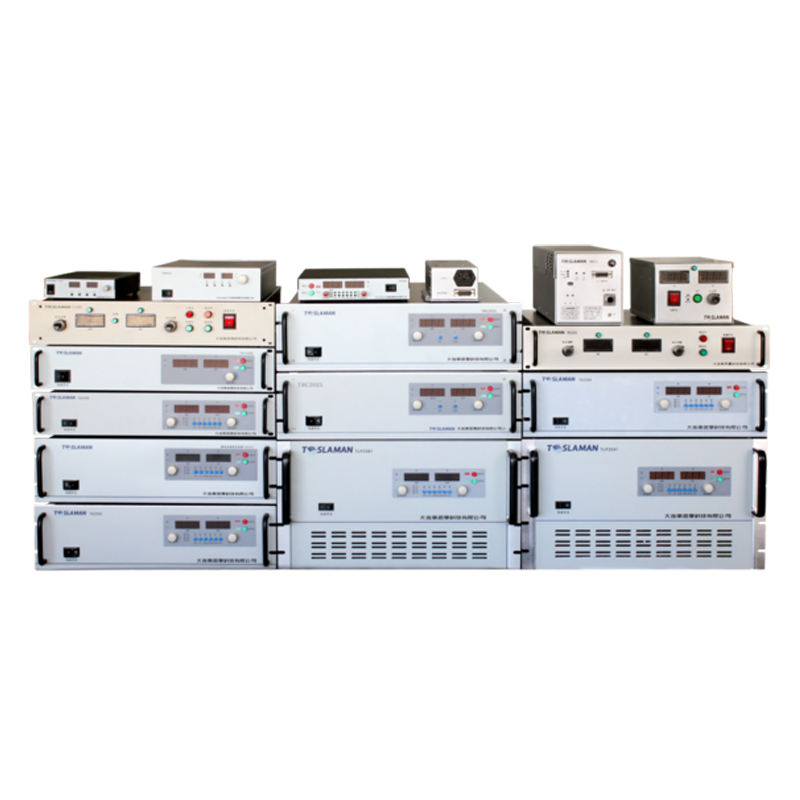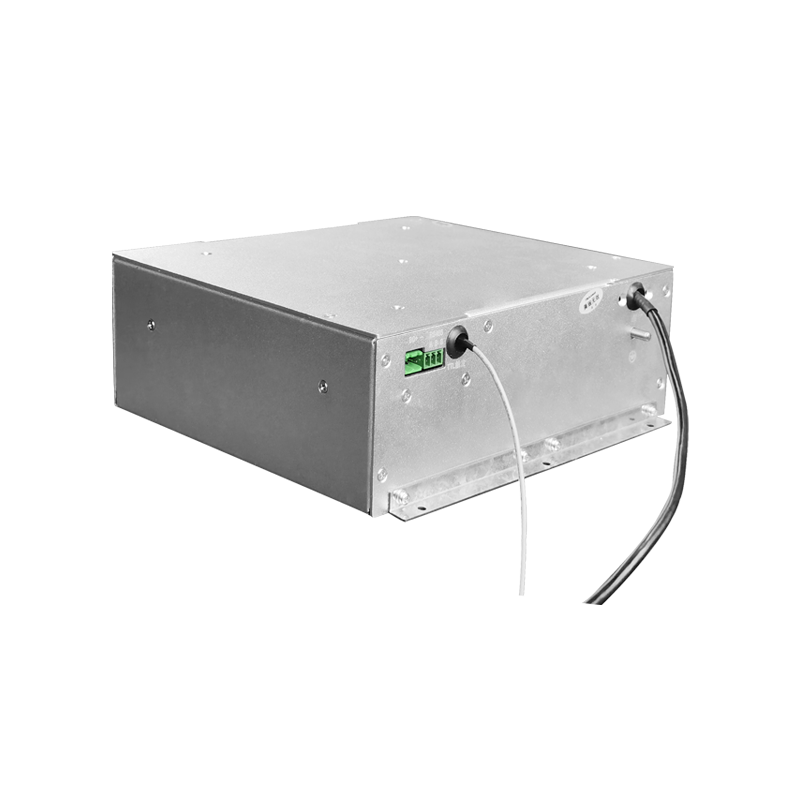Channel Electron Multiplier High-Voltage Source: Principles, Applications and Prospects
In numerous scientific research and industrial applications, the detection and amplification of weak signals are of utmost importance. The channel electron multiplier high-voltage source, as a key device, provides powerful support for achieving this goal.
The working principle of the channel electron multiplier is based on the secondary electron emission effect. When an initial electron with a certain energy enters the input region of the channel electron multiplier, it will strike the material on the inner wall of the channel. This impact causes the material on the inner wall of the channel to emit multiple secondary electrons. These secondary electrons are accelerated by the electric field and move downstream along the channel. Subsequently, these secondary electrons will strike the inner wall of the downstream channel again, generating more secondary electrons. This process repeats, forming an electron avalanche effect. The role of the channel electron multiplier high-voltage source is to provide a stable and appropriate high voltage to maintain this electron multiplication process.
In high-energy physics experiments, the channel electron multiplier high-voltage source plays an indispensable role. Detectors need to detect extremely weak particle signals. The channel electron multiplier high-voltage source can effectively amplify the weak electrical signals generated by the detectors, enabling researchers to accurately detect information such as the trajectories and energies of particles, and providing crucial data for exploring the mysteries of the microscopic world. For example, in collider experiments, the precise detection of particles relies on the stable operation of the channel electron multiplier high-voltage source.
In the field of space exploration, the channel electron multiplier high-voltage source also has important applications. Various detectors on satellites need to work in harsh space environments. The channel electron multiplier high-voltage source can help detectors detect cosmic rays, solar wind particles, etc., providing important data support for the study of the space environment and astrophysics. Its stable high-voltage output ensures that the detectors can work reliably in complex space electromagnetic environments.
In biomedical detection, some highly sensitive detection techniques, such as single-molecule detection and fluorescence detection, also rely on the channel electron multiplier high-voltage source. It can amplify the extremely weak fluorescence signals or electrical signals emitted by biological samples, thus enabling the precise detection and analysis of biomolecules, which is helpful for the early diagnosis and treatment research of diseases.
With the continuous development of science and technology, higher requirements are also put forward for the channel electron multiplier high-voltage source. On the one hand, higher voltage stability and accuracy are required to meet the increasingly precise experimental and detection needs. On the other hand, miniaturization and low power consumption are also important development directions. Especially in space exploration and portable detection devices, smaller and lower-power channel electron multiplier high-voltage sources will have greater advantages. In addition, improving the anti-interference ability of the channel electron multiplier high-voltage source to enable it to work stably in complex electromagnetic environments is also one of the key research focuses in the future.
The channel electron multiplier high-voltage source, with its unique working principle, plays an important role in many fields. With the continuous progress of technology, it will be applied in more emerging fields and bring new breakthroughs to scientific research and industrial development.




















